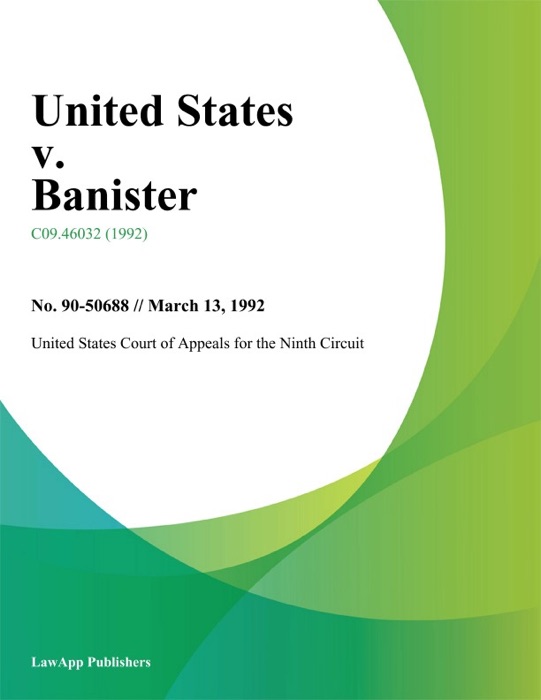(Download) "United States v. Banister" by United States Court of Appeals for the Ninth Circuit " Book PDF Kindle ePub Free

eBook details
- Title: United States v. Banister
- Author : United States Court of Appeals for the Ninth Circuit
- Release Date : January 13, 1992
- Genre: Law,Books,Professional & Technical,
- Pages : * pages
- Size : 53 KB
Description
Payton v. New York, 445 U.S. 573 (1980), established that warrantless arrests inside defendants homes generally violate the fourth amendment. Banister contends that his arrest was unlawful under Payton. Even if we assume, without deciding, that Banisters arrest violated the Payton rule, that assumption does not aid Banister on this appeal. In New York v. Harris, the Supreme Court held that prosecutors are not barred by the exclusionary rule from admitting into evidence statements made outside the defendants home by a defendant who was illegally arrested without a warrant inside his home. 110 S. Ct. 1640, 1644-45 (1990). The Court reached this Conclusion by interpreting Payton as being "designed to protect the physical integrity of the home; it was not intended to grant criminal suspects . . . protection for statements made outside their premises where the police have probable cause to arrest the suspect for committing the crime." Harris, 110 S. Ct. at 1643. Thus, an illegal warrantless arrest in a defendants home does not render unlawful continued custody of the defendant (assuming probable cause exists), and any evidence produced by the continued custody need not be excluded. Only evidence produced or tainted by the illegal arrest must be excluded. See id. at 1643-44. Compare Minnesota v. Olson, 110 S. Ct. 1684, 1687 & n.2 (1990) (statements tainted by the illegal arrest must be excluded). See also United States v. Duchi, 944 F.2d 391, 395 (8th Cir. 1991) (Harris governs evidence "whether testimonial or tangible").